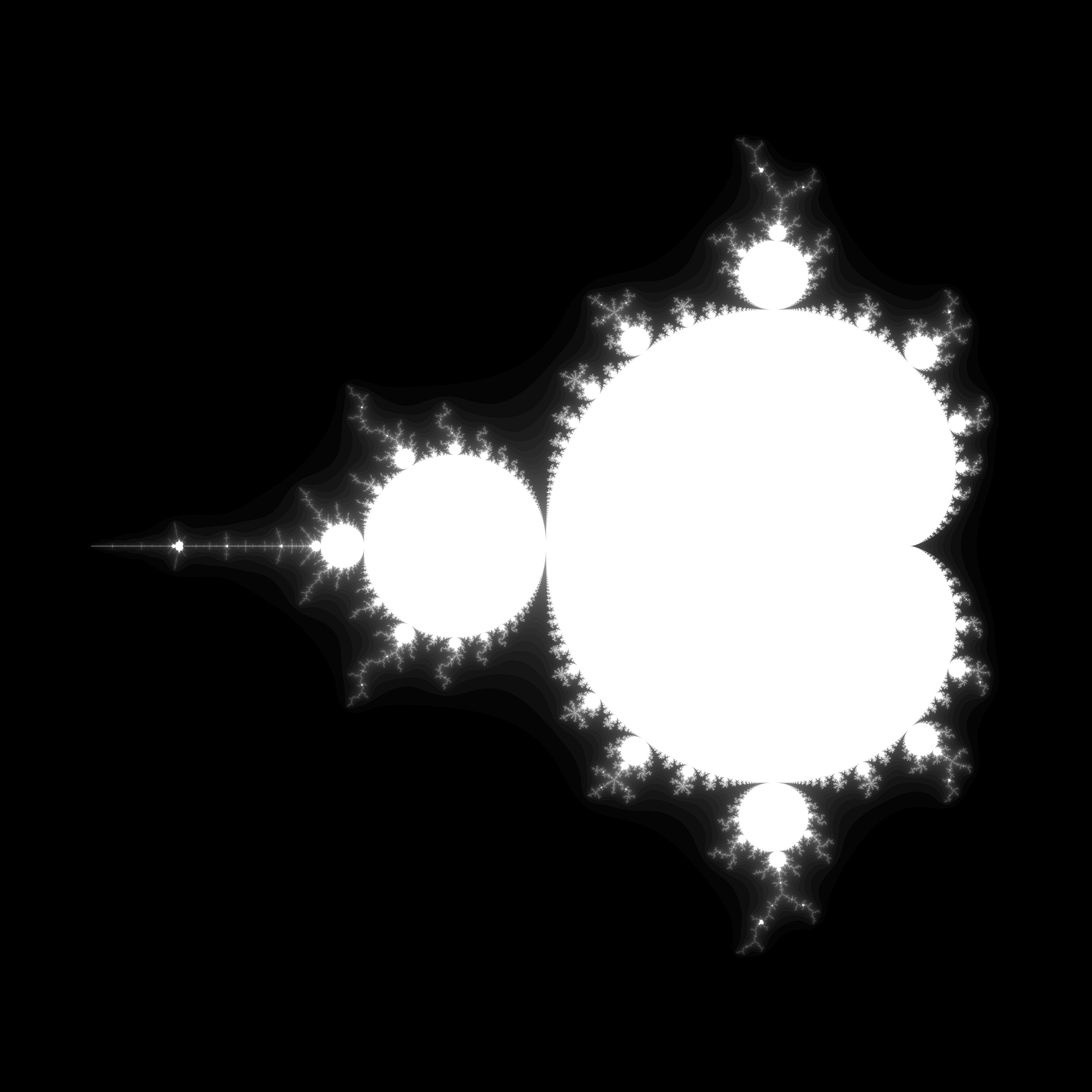Anyone dabble with fractals and fractal (box-counting) dimension? I have some simple shapes, like a hollow sphere, and a hollow cube. In your opinion, what should the fractal dimension be for those objects? My code is at https://github.com/sjhalayka/marching_cubes
Fractal dimension
A hollow sphere and a hollow cube are both 2-dimensional surfaces. I expect any reasonable definition of dimension will evaluate to 2 on those.
I became curious and would like to see an image to know what you talk about : )
Personally i think i gave up on fractals for procedural content. Other directions feel just too much more promising. Still excited to look some fractal videos on YT, though.
It's a little easier to understand if we use Marching Squares, which takes a single image as the main input.
See: https://en.wikipedia.org/wiki/Minkowski%E2%80%93Bouligand_dimension
In that page, it shows how to do the box-counting dimension of the coastline of Britain. I simply do the same thing. When I say simple, I'm not being facetious: You use the image as input to the Marching Squares algorithm, and for any marched squares that contain geometric primitives (line segments for Marching Squares), the box count is incremented by 1.
Once the entire image is processed, the box-counting dimension can be obtained. For the following image, the dimension is roughly 1.4. The code is at: https://github.com/sjhalayka/ms_curvature

Hi again guys,
I came up with my own, curvature-based measure of dimension. It is outlined in https://vixra.org/abs/1812.0423
It produces a measure of dimension 2 for the 2-sphere with sufficiently small step size, which is what's expected. ?
See sections 2 and 4.1.
Aha… did calculate box count dim of my brain surface. It's 1.05! That means i'm smart, no? :D
That's actually a good question. Perhaps the nature of the brain is fractal. I dunno.
P.S. The surface of your brain is a 2.x-dimensional surface. So it would be 2.05 maybe….? ?
Hi all,
Regarding the box-counting dimension, I've run the 2-sphere, the 2-ball, and the hollow cube through my mind, and it is fairly easy to see that these three sets must evaluate to some dimension d < 3.0. Only the solid cube can evaluate to d = 3.0. This is probably not what you were expecting? See: https://math.stackexchange.com/questions/3450800/finding-the-fractal-dimension-of-the-mandelbrot-set-using-the-box-counting-metho
Yeah, it took days for the understanding thoughts to be brought to the surface of my consciousness LOL, but I finally understand the box-counting dimension. It can be thought of as a kind of measure of entropy (average information per datum) like ln(n) / ln(x) where n is the number of boxes and x is the base of the number system in question. Yes, it's a bit weird to have a non-integer number system base.
Now, on the other hand, using my curvature-based dimension, the 2-sphere evaluates to d = 2.0. It's practically the same d = 2.0 for a hollow cube – https://vixra.org/abs/1812.0423









